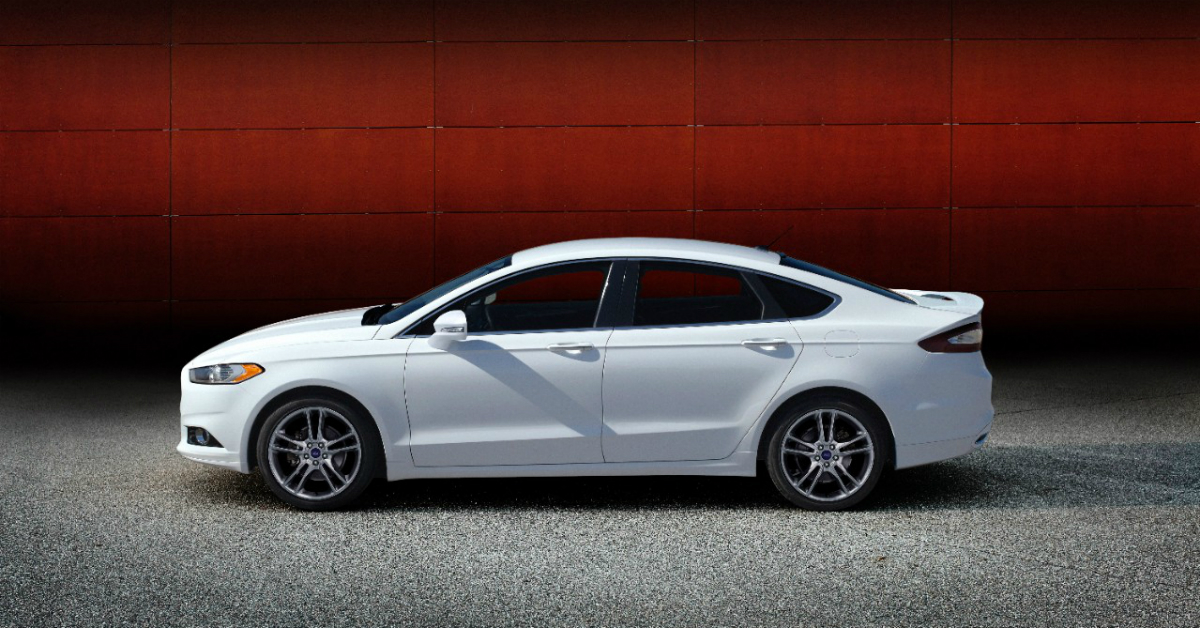There isn’t really much doubt that we are heading toward a time when all vehicles will be zero emissions models. California already has a goal of being 100 percent emissions free by 2050 and has taken steps to reward those who buy EV models or fuel-cell vehicles that use hydrogen as the fuel source. As aggressive as it might sound that California plans to be emissions free in the next thirty-plus years there is already grumblings and legislation being passed in other parts of the world to have a country full of zero emissions vehicles.
In the Netherlands on party has proposed a more aggressive stance on emissions. They have proposed a goal of zero emissions by 2025. That is less than ten years away and their stance isn’t even close to what California offers. What this labor party in Holland proposes is all cars that have any emissions, which would include many hybrids and plug-in models, would be disallowed. Of course this goal would make it so the gasoline and diesel powered vehicles would not be allowed on the road, but does it really makes sense to get rid of the hybrid cars?
Its seems the People’s Party for Freedom and Democracy, which is the opposition to the Labour Party, calls this an overly ambitious goal and one that is unrealistic. Even though it would be exciting to see the country make this change and have only battery and fuel cell powered vehicles on the roads no word has come of how they would help those who have recently purchased other models to transition to the EV and FCV models and this will leave out quite a few citizens who may have a classic model they will never be able to drive on the streets again.
The People’s Party puts and estimates at fifteen percent of the market share by 2025 while the Labor Party wants 100 percent. There has to be a compromise somewhere that allows vehicle owners to phase out their gasoline or diesel models. By allowing time for owners to make full use of the vehicle they have now and create an infrastructure that will no longer support gasoline or diesel citizens will be able to enjoy the fact they can use their vehicles until the lifespan is gone. By taking these steps more slowly the proposal may make sense in fifteen to twenty years instead of in less than ten.
The Netherlands has been a country that doesn’t mind change and has worked to create an environment of cleaner living and better quality of life. If there were a country that could get this done in the timeframe proposed it would be them, but there may have to be a buyback program or higher trade in value for those who need to rid themselves of the gasoline or diesel powertrains in favor of those that only burn hydrogen or electricity. As aggressive as this might be, this could be the first full country to take this route, which could make them a leader in the EV market.





